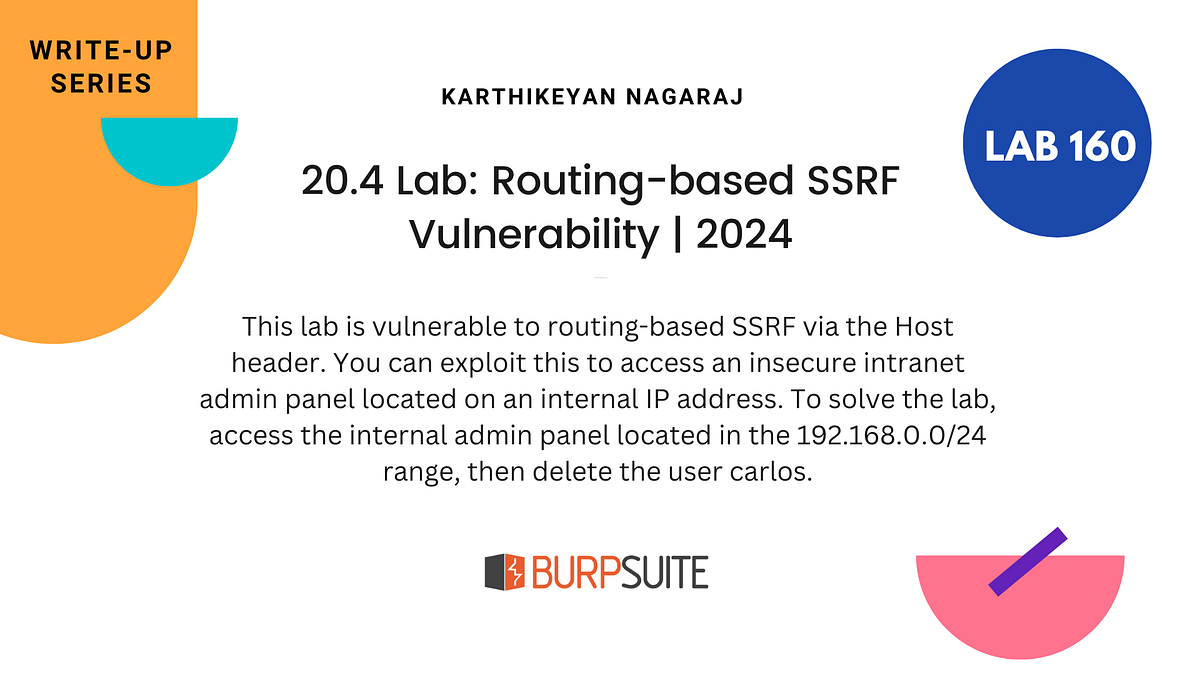BOOK THIS SPACE FOR AD
ARTICLE ADThe Art of Gathering Information
The motive of recon is the more you know about your target and the possibility of attack is more.
In red team operation, you must know what company you going to gather information from. To gather information there are 2 types of recon one is passive recon and active recon. Passive reconnaissance is about finding information available on the internet. Tools for passive reconnaissance are Google, Shodan, and Wireshark. Active reconnaissance is about finding hidden details by gathering network information. Network information can be gathered through Nmap (Network Mapper). Some of the tools for active recon are Nessus, OpenVas, Nikto, and Metasploit.
Objectives of Recon:
Gathering subdomains related target companyCollecting public information on the internet such as the hostname and IP address.Finding target email address.Gathering pwned email and passwordsIdentifying exposed documents and spreadsheets.Types of Recon:
Let’s discuss the type of recon in detail.
Reconnaissance can categorized into 2 types one is passive recon and another is active.
Passive recon doesn’t interact with the target directly. So these don't create much noise.
The best source of passive recon is google.com.
Google Dorks are the best source of gathering information passively.
Google Dorks have queries that can be typed into a google search engine to fine-tune searched results better.
Active recon requires interaction from the target by sending packets to the target and analyzing the packets and how they respond.
Active recon can be classified into 2 types:
1. External Recon - Recon conducted outside the target network.
2. Internal Recon - Recon conducted within the target network.
Built-in tools:
Built-in tools such as whois, dig, nslookup, host, traceroute/tracert.
The domain registrar is responsible for holding the whois record for domain names it’s leasing.
Whois command collects the information and displays the details such as Registrar WHOIS server, Registrar URL, record creation date, record updation date, Registrant contact info, and address. Admin contact info and address. Tech contact info and address.
The nslookup command gathers A and AAAA records related to the domain.
Dig command gathers information by retrieving DNS server information.
Recon-ng is a framework that helps in the automation of OSINT work.
All data collected or gathered will automatically be saved in the database.
To get started in Recon-ng, just type recon-ng in the terminal.
In order to run the scan you need to install the module
The workflow is required to install the module.
Create a workspace for your project.Insert the starting information into the database.Search the marketplace for a module and learn about it before installing it.List the installed module and load oneRun the loaded one.Creating Workspace:
Run workspaces create WORKSPACE_NAME (workspaces create threatteam) to create a new workspace for your investigation. For example,
workspace create threatteam
will create a workspace named threatteam.
To perform recon-ng against the workspace type
recon-ng -w threatteam which starts recon-ng with specified workspace.
Recon-ng marketplace:
For marketplace usage, some useful commands are used :
marketplace search keyword
marketplace info module
marketplace install module
marketplace remove module
You will many subcategories under recon which are domain companies, domain-contacts, and domain credentials.
Domain-host provides a module related to hosting that provides a domain.
Working with installed modules:
marketplace install module
After the modules get installed we have to set up the modules to load.
.png)
 1 year ago
71
1 year ago
71 













 Bengali (Bangladesh) ·
Bengali (Bangladesh) ·  English (United States) ·
English (United States) ·